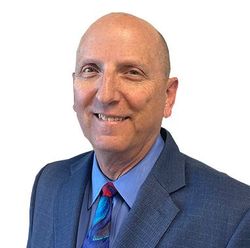Part 1 of an ongoing Feature Series that explores the state of “Rural Economic Development” within Utah, especially in light of the ongoing economic boom within the metropolitan core of the state
One-hundred-and-fifty miles long and roughly 25 miles wide. That’s it.
That’s the length and width of the corridor that stretches northward from the City of Santaquin in Utah County to North Logan in Cache Valley near the Utah/Idaho border, a chunk of land totaling ~3,750 square miles, which is not nothing. But on a percentage basis, those 3,750 sq. mi. equal less than 4.5% of the total land mass in Utah.
Yet this 150-mile-long and 25-mile-wide corridor contains the bulk of Utah’s population and houses the greatest part of the state’s economic engine.
Why is that?
And what, if anything, is being done (or can be done) to extend the ongoing economic boom being felt along the greater Wasatch Front* into the rural reaches of the State of Deseret**?
Literal or Figurative Prophetic Declarations?
Even a passing review of United States history of the mid-1800s highlights a fascinating and at times heart-wrenching saga of tens of thousands of early members of the Church of Jesus Christ of Latter-day Saints driven from their homes and settlements in the Midwest to the desolate regions in/around the Great Salt Lake.
These “Latter-day Saints” were led by a dynamic leader revered as a prophet of God like unto the biblical Moses. Such beliefs compelled these Mormon Pioneers to travel some 1,300 miles by covered wagons, handcarts and on foot because they believed Brigham Young when he told them that their Lord would cause the desert to “blossom like a rose.”
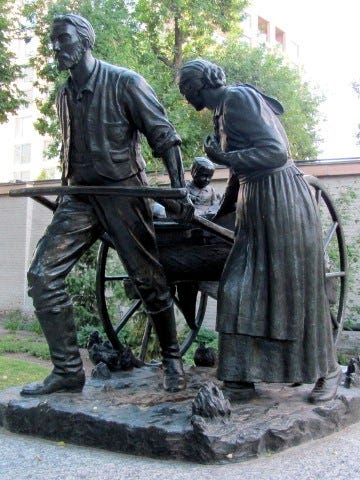
As a matter of fact, within hours of their first arrival at the edge of the Salt Lake valley in mid-1847, the first-to-arrive pioneers began digging initial irrigation channels from the clear waters of the today-named City Creek to provide the life-giving nourishment for the crops the saints would need to survive the first winter and beyond.
Notwithstanding a plague of crop-eating crickets in 1848, these pioneers began establishing the initial base of their new Zion in and near the Salt Lake valley. But within four years after arriving in Utah, Brigham began issuing callings to his saints to move beyond the sacred valley to settle areas more and more removed from Salt Lake proper.
In all, Brigham’s efforts led to over 350 mostly agricultural LDS settlements established throughout the Utah Territory and the greater southwest. Through their efforts the desert did begin to fulfill the visions of both Brother Brigham and the biblical prophet, Isaiah, “to blossom like a rose.”
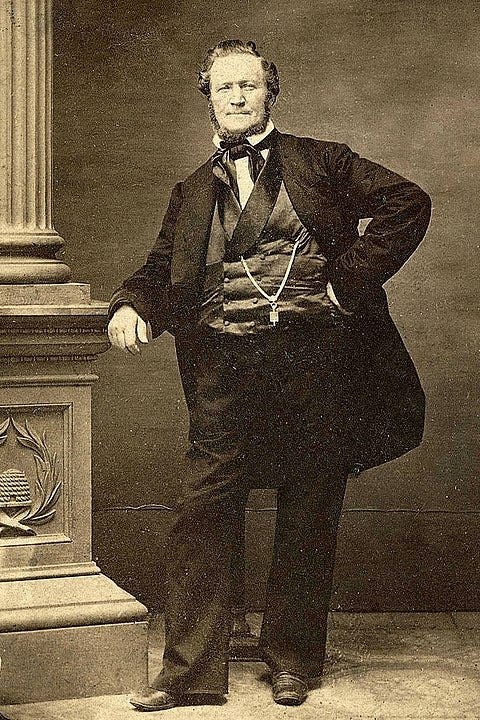
But was a literal fulfillment of Brigham’s and Isaiah’s words all they envisioned?
Robert Springmeyer, noted rural economic consultant of Bonneville Research, explained that such “directed settlements” by Brigham were not always envisioned economically, especially those hamlets, villages and towns hampered with water and/or elevation challenges.
Naturally, each of these directed settlements survived or died for the first 50—75 years based in large part on the success or failure at raising crops and farm animals locally.
Nevertheless, although a number of these settlements were clearly tied to extraction industries from their founding days (mining, as well as oil & gas, especially), the ensuing decades saw many of these population centers challenged as extraction-focused beginnings ran their respective courses. Conversely, others are now seeing increasing environmental and economic pressures to extricate themselves from the extraction-based economies.
As a result, Springmeyer explains, unless these directed settlements in primarily rural sectors of the state have other options, they’re typically restricted today to economies tied to agricultural or governmental employment.
As a result, most are economically restricted from the word “Go.”
The Theocratic & Economic Center Place of Zion
With Brigham Young’s declarative statement on 24 July 1847 that “This is the right place,” there was never any question that Salt Lake City would become the theocratic center place of the Latter-day Saint Zion.
But much as Jerusalem became the theocratic AND economic center of ancient Israel, so too would the city blossoming near the Salton Sea of the Rocky Mountains quickly become the economic center of this Mormon Mecca.
Case in point, when proselytes became converts in foreign lands, they were directed to journey to the new Promised Land, often to the Salt Lake City home of Church headquarters. After arrival, they were then directed to their new hometowns and villages throughout Utah.

Similarly, as tithes and offerings were collected in communities throughout this State of Deseret, such funds were sent to SLC for an accounting and (as needed) redistribution and use in supporting and building-up the Church wherever needed in the territory.
The 1849 discovery of gold in the Sierra Nevada foothills of California created a transcontinental Gold Rush with many enterprising fortune seekers from the East passing through Salt Lake City on their westward journeys, creating new economic opportunities for the inhabitants of this still-new outpost near the shores of the Great Salt Lake.
Less than 24 months after arriving in Utah (1850), the University of Deseret was initially formed in Salt Lake City, the first university formed west of the Missouri River and a forerunner of today’s University of Utah.
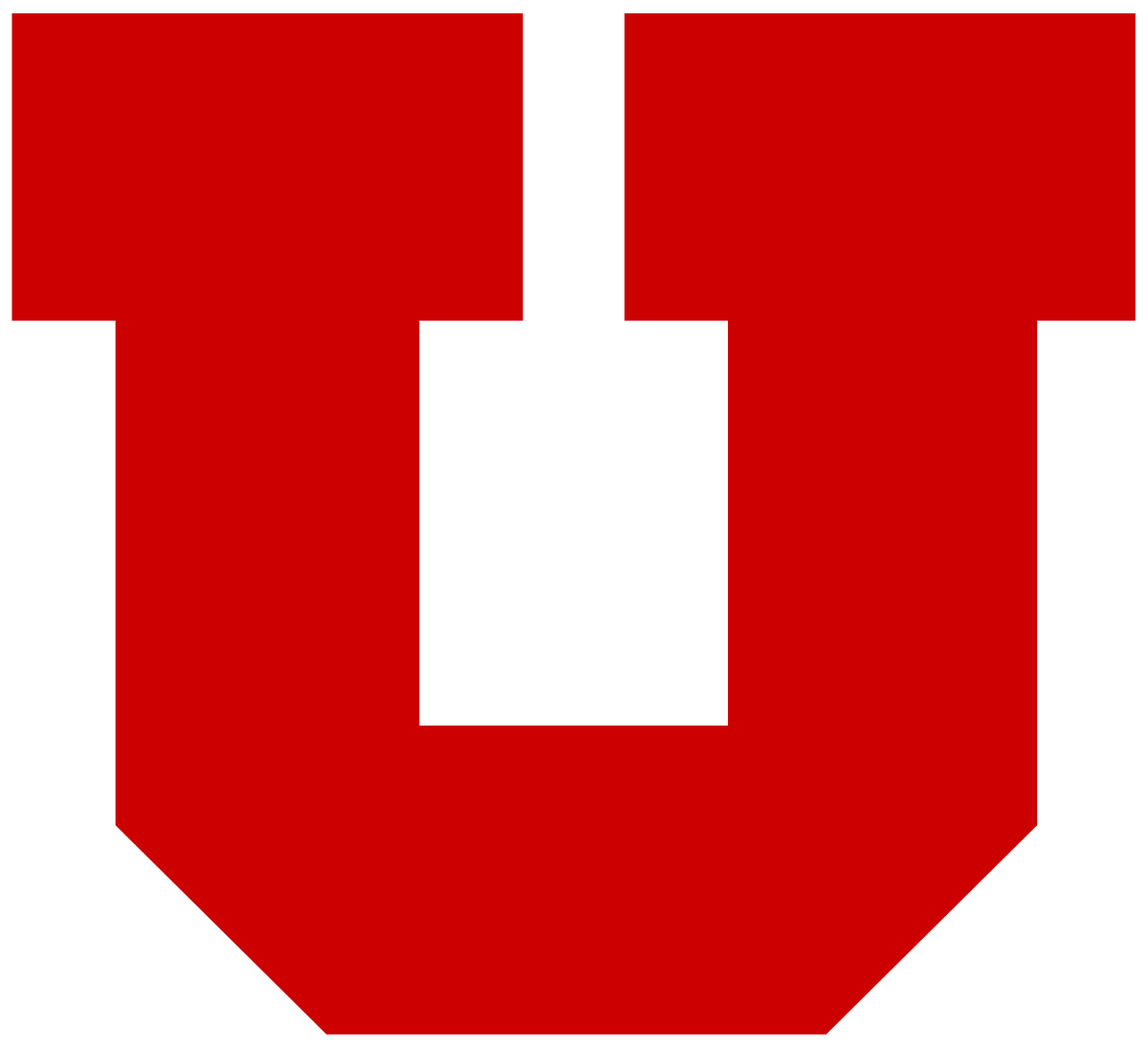
Interestingly, the 1860 start of the Civil War created an unexpected economic boon for Utahns as Union troops sold much of their supplies for pennies on the dollar as they were recalled to help fight the insurgent Confederacy.
Three years after the end of the Civil War (1868), Brigham launched America’s first department store — in Salt Lake City, of course — Zion’s Co-Operative Mercantile Institution or ZCMI for short.
Economic expansion began to pick-up steam one year later in 1869 (pun intended) with the Golden Spike joining of the Central Pacific and Union Pacific railroads outside of Brigham City (to the north of SLC).
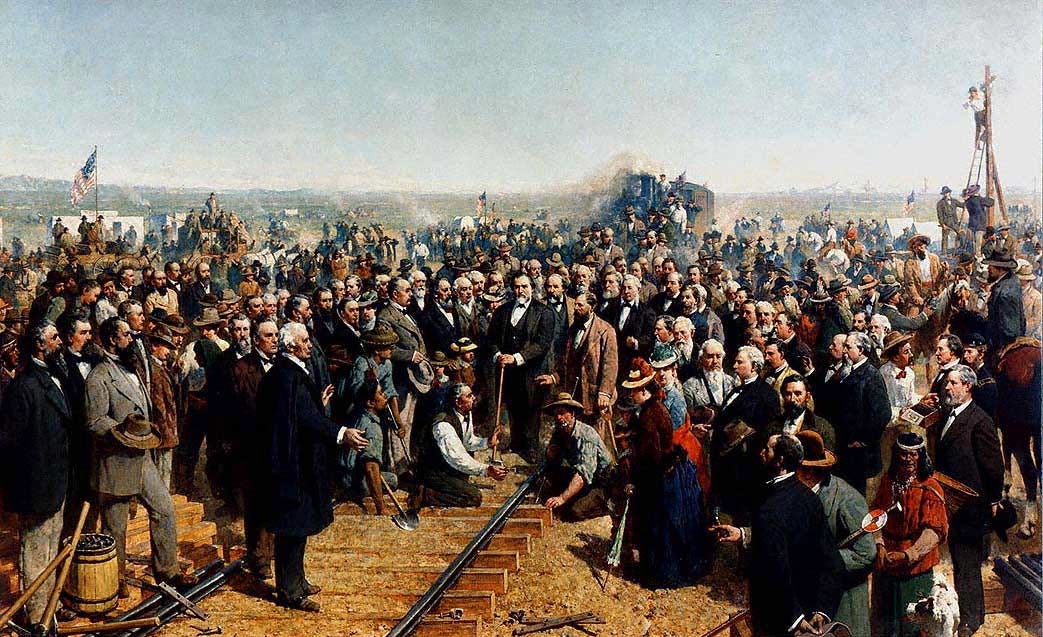
Five years later saw Brigham form Zions Bank … also in SLC … a regional financial powerhouse nearly 150 years later.
The first classes at Provo-based Brigham Young Academy (the forerunner of BYU) were held in early 1876, one year before Brigham’s death.
A decade later, two new Higher Ed outposts were born with the 1888 launch of Logan, Utah-based Utah State University and with the 1889 opening of what is today known as Weber State University in the city of Ogden.
By the time Utah was granted American statehood some 50 years after Brigham and the first pioneers arrived in Salt Lake valley, the population of the state had ballooned to nearly 210,000.
Economic Ripples from SLC Throughout Utah
Because the Mormon Pioneer Prophet selected Salt Lake City as “the right place,” SLC automatically became the ecclesiastic, finance, education, transportation, and business hub of the state.
And just as surely as if Brigham Young had metaphorically dropped a massive boulder into the Great Salt Lake that rippled far and wide throughout the land of Deseret, so too has been the impact of that fateful statement made by Brigham on July 24th over 170 years ago.
Hence, while Utah’s population stands at over 3.4 million residents today, it is not surprising that over 78% of this population (close to 2.7 million people) live within this 150-mile-long north-south corridor. And in fact, over 50% of the state’s populace live within a 20-mile radius of Salt Lake City.
What is also not surprising, however, is that the bulk of the economic strength within Utah is centered in Salt Lake City and has then rippled outward from there.
Case in point, the Milken Institute recently recognized five Utah metropolitan centers as leaders among its top Large and Small Best-Performing Cities 2021 Report.

Of these, three metros
- Provo (No. 1),
- Salt Lake City (No. 4), and
- Ogden/Clearfield (No. 9)
made the list of the top Large Best-Performing Cities in the country, while Logan, Utah was recognized as the second-highest ranked Small Best-Performing City in the country.
{NOTE: Utah’s one metropolitan outlier in the Milken ranking is Washington County and its capital seat, St. George, located in the southeastern corner of the state. I only include this here as an “outlier” because St. George is not located along the Wasatch Front. As reported in the February 18th issue of Deseret Business Watch, this population and economic exception was named by the Institute as the No. 4 ranked Best-Performing Small City in the U.S. of 2021.}
The Role of Rural Economic Development in the Administration of Gov. Spencer Cox
After serving faithfully as Governor Gary Herbert’s Lt. Governor for over seven years, Spencer J. Cox was elected as Utah’s 18th Governor in a landslide victory in November 2020.
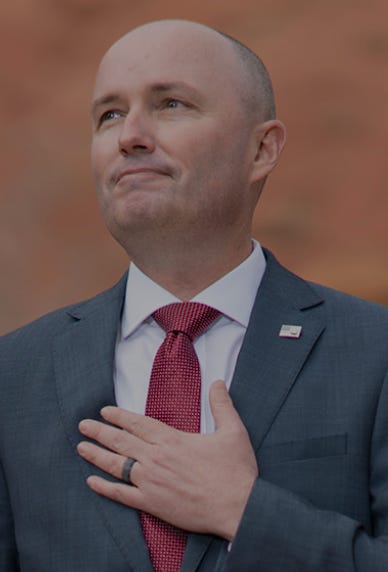
Governor Cox was raised near the dead center of Utah in the farming community of Fairview, a city with a population of under 1,500 souls today.
When offered the Lieutenant Governorship in 2013, Cox and his wife, Abby, were so committed to their rural upbringing that they made living in Fairview a stipulation before he accepted the position. This decision led to him driving ~200 miles roundtrip five days a week for seven-plus years so he could serve at the statehouse in Salt Lake City yet live in rural Fairview.
During his inaugural address at the Tuacahn Center For the Arts in southern Utah, Gov. Cox unveiled what he termed his One Utah Roadmap, a 500-day blueprint for the Cox administration, with a central section of this blueprint being Strategic Priority No. 3: Rural Matters.
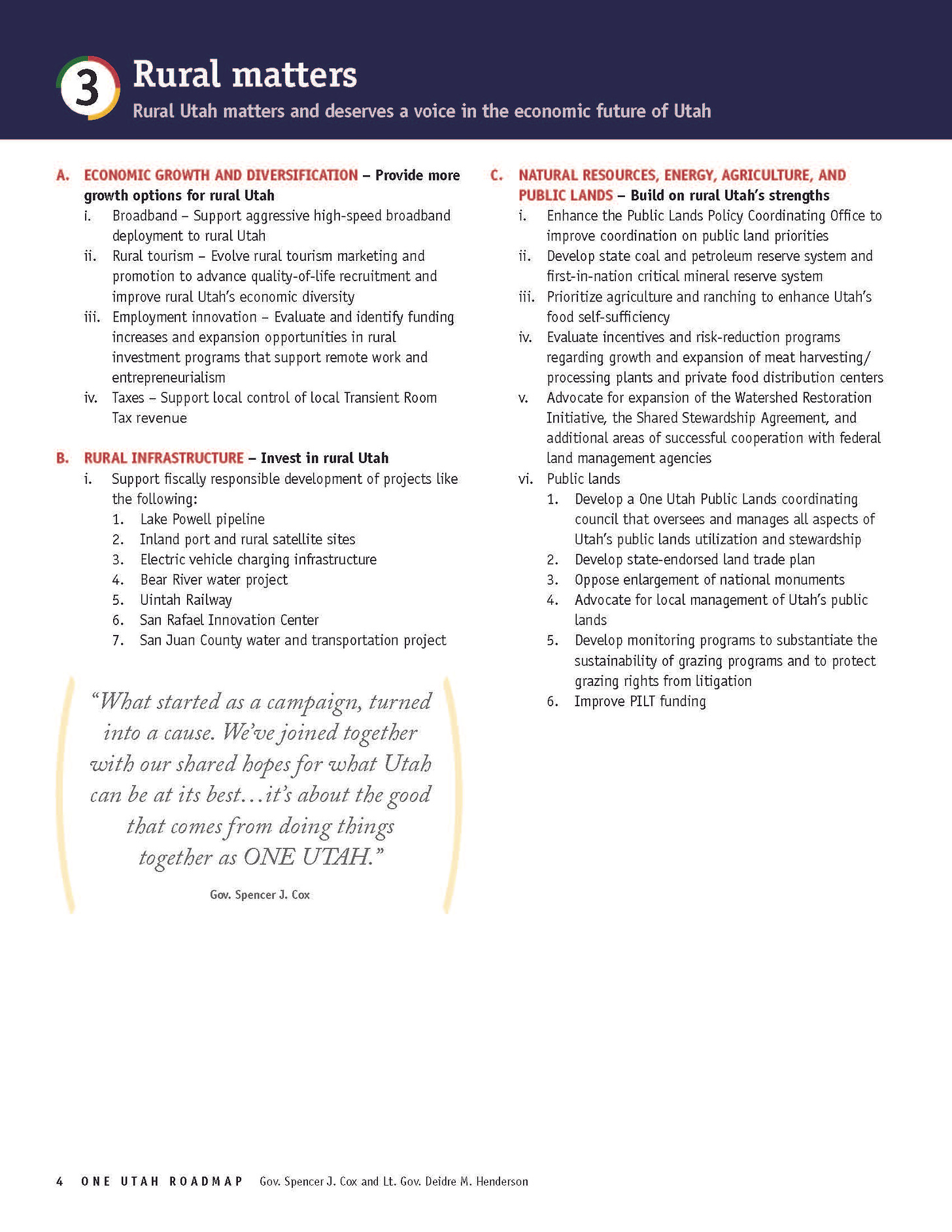
From a Rural Economic Development viewpoint, 11 total items stand out to me in this Rural Matters strategic priority:
- Aggressive deployment of high-speed broadband services in rural Utah;
- Advance quality-of-life recruitment to rural Utah;
- Improve rural Utah’s economic diversity;
- Invest in rural Utah funding programs that support
- Remote work, and
- Entrepreneurism;
- Keep local Transient Room Taxes local;
- Support rural satellite sites of Utah’s Inland Port;
- Support the San Rafael Innovation Center;
- Support the growth and expansion of meat harvesting/processing plants and private food distribution centers; and
- Develop a first-in-nation critical mineral reserve system.
Additionally, from Strategic Priority No. 2 in the One Utah Roadmap, I add this 12th point as a critical component of both immediate and long-term Rural Economic Development efforts in Utah, specifically:
- Make post-secondary education the norm for every Utahn.
To me the most critical aspect of Rural Economic Development opportunities within Utah is access to high-speed broadband services.
In fact, over 35 years of working directly with technology companies of every stripe throughout the entire consumer electronics and Internet-driven revolution has taught me this:
“Any citizen without low-cost, high-speed broadband access, both at work and at home, will be professionally crippled. Period. End of story.”
And let’s be absolutely clear about a related point:
5G cellular service will become the high-speed backbone of the Internet for the next decade or longer. Hence, low-cost 5G service is also a critical aspect of economic development throughout the state, but especially in rural Utah.
And without low-cost, high-speed broadband access in all of Utah, Rural Economic Development is a non-starter for items 2—6 and 12 above. It’s that simple.
Does that mean that there are no successes in Rural Economic Development in Utah today? Of course not. But challenges still exist.
Coming Next Week:
I will explore some of the steps already being taken in rural communities around the state to diversify and improve economic opportunities and conditions.
I’ll also share some interesting stories of rural economic success in the state and some of the factors that contributed to their coming to fruition.
* — The Wasatch Mountain range is located to the east of Interstate-15 and parallels the interstate from the northern border of Utah southward beyond Utah County. The “Wasatch Front,” therefore, refers to the tract of land immediately to the west of the Wasatch Mountains within this north-south corridor.
** — The word “deseret” means honeybee and is used to signify industriousness. It is found in the Latter-day Saint volume of sacred text named The Book of Mormon: Another Testament of Jesus Christ.
AUTHOR’S NOTE: Although I am a devout member of the Church of Jesus Christ of Latter-day Saints, I have endeavored to produce this feature story as a non-biased, factual yet entertaining and informative article, much as I might do were I a faithful Catholic writing about the early history of California’s settlement by Europeans. To that end, I hope I have succeeded. That said, have I inadvertently offended, I beseech your forbearance and forgiveness. Thank you.
NOTE: This article was originally published by Deseret Business Watch. A few minor editorial changes have been made with this version to better match the current Silicon Slopes writing style.
